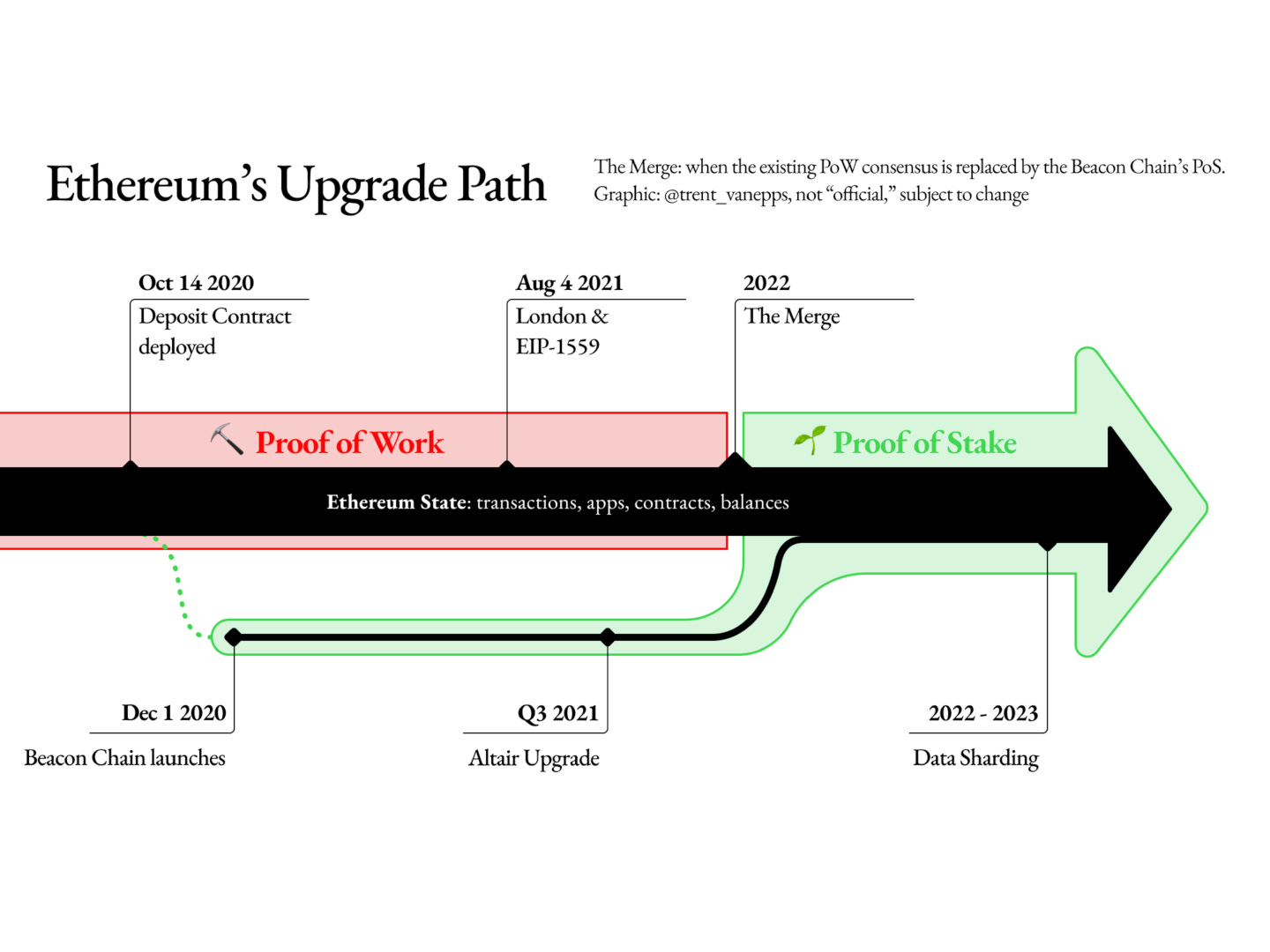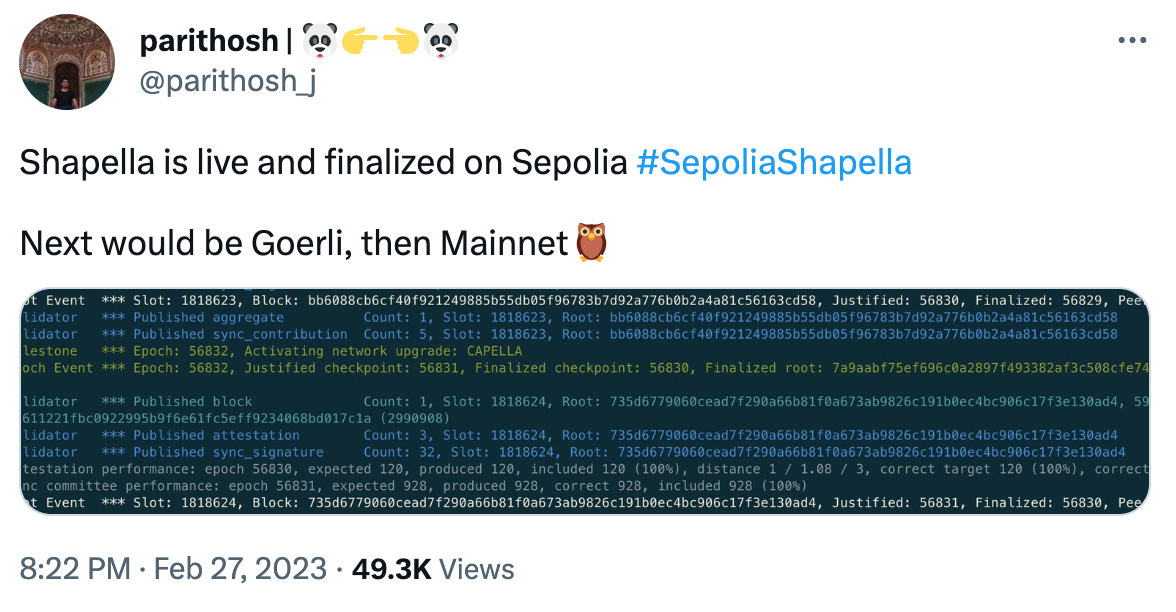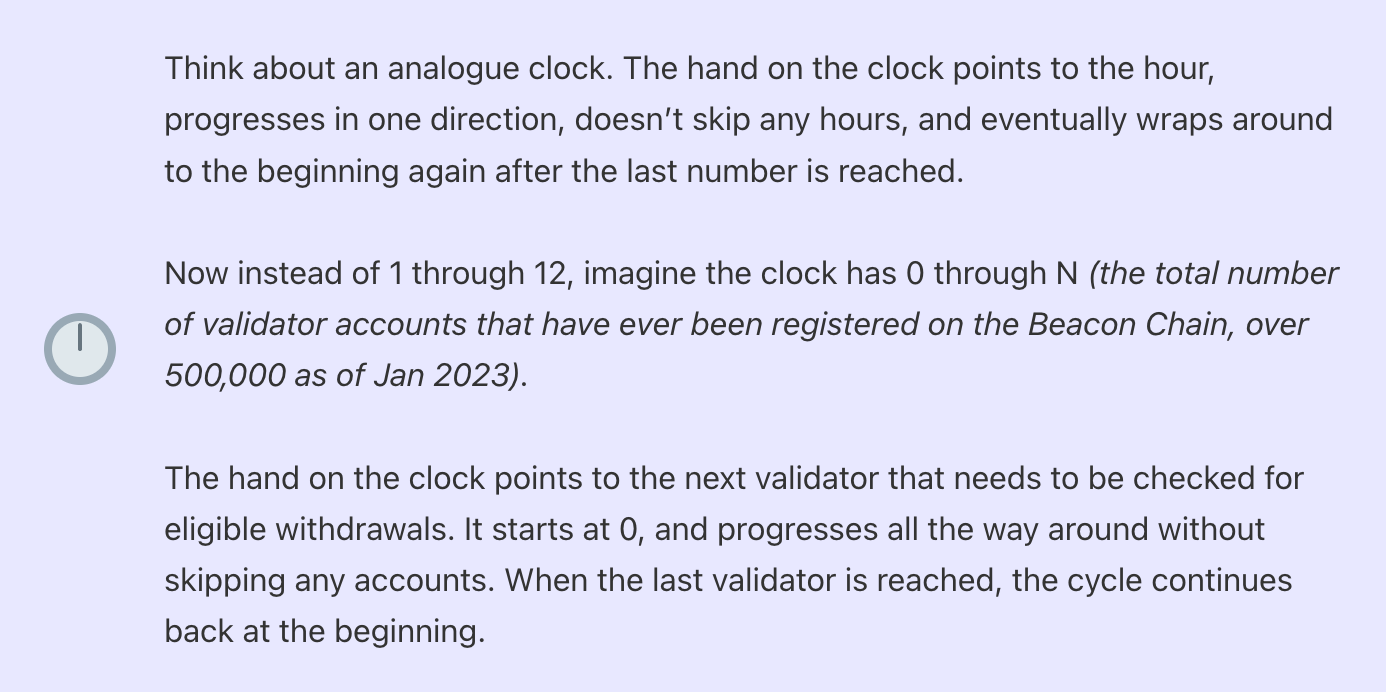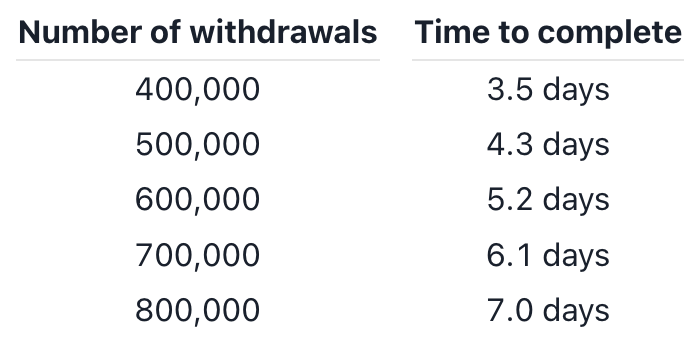In September 2022, The Merge was implemented to transition the Ethereum network from Proof of Work (PoW) to Proof of Stake (PoS) consensus. Now, Ethereum’s next major technical improvement is the Shanghai upgrade, which will allow users to withdraw their staked ETH from the Beacon Chain. Many users chose to stake amounts of ETH lower than 32ETH (the amount needed for a full validator) and are also now able to unlock their rewards with this upgrade.

Ethereum’s upgrade schedule. Source: Ethereum Foundation
According to the Ethereum Foundation, the Shanghai upgrade enables users to:
- Stake their ETH
- Earn ETH rewards that will be distributed automatically
- Un-stake their ETH to regain full access to their entire balance
- Re-stake to sign back up and start earning more rewards
Fundamentally, this upgrade closes “the loop on staking liquidity” and helps Ethereum become a more sustainable and secure chain. In order for the Shanghai upgrade to be implemented, the Capella upgrade – a simultaneous upgrade – must also occur on the Beacon Chain. ConsenSys explains that Capella allows “locked” ETH on Ethereum’s consensus layer (CL) to be withdrawn, which is then applied to an execution layer (EL) level address. The entire upgrade is commonly referred to as Shanghai/Capella since it’s the first upgrade that involves developments to both Ethereum’s execution layer and consensus layer. Further, the upgrade is expected to introduce some technical improvements to the EVM as well.

A dev from the Ethereum Foundation announces that the Shapella (Shanghai + Capella) upgrade was implemented on the Sepolia testnet. Source: Twitter
The Ethereum Foundation also mentions that “reward payments will automatically and regularly be sent to a provided withdrawal address linked to each validator” and that “users can also exit staking entirely, unlocking their full validator balance.” Withdrawal payments are done automatically via a continuous loop on Ethereum’s consensus layer. Proposers “sweep” through validators and check accounts via a set of questions that determine if a withdrawal should be initiated.

A practical way to think of validator withdrawals. Source: Ethereum Foundation
This withdrawal design is gas-free since stakers don’t have to submit a tx to the network to request ETH to be withdrawn. The Ethereum Foundation estimates that 115,200 validator withdrawals can be executed on the network each day. Therefore, the time to process withdrawals can be seen here:

Source: Ethereum Foundation
Other helpful resources:
- Answers to frequently asked questions – including on withdrawals, validator preparation, and staking pool / liquid staking derivatives rewards – can be found here from the Ethereum Foundation.
- Preparation instructions for current stakers and new stakers can be found here from the Ethereum Foundation.
- A video explaining how Ethereum withdrawals work by Finematics can be found here.



